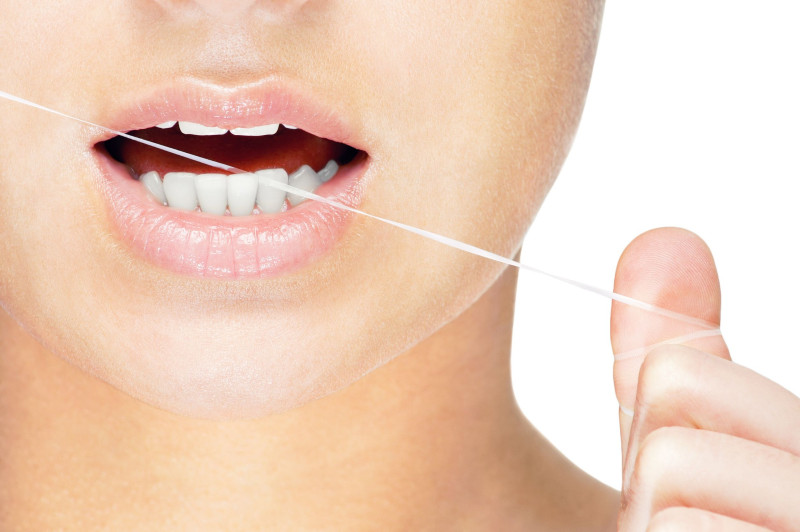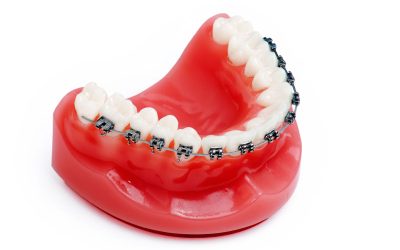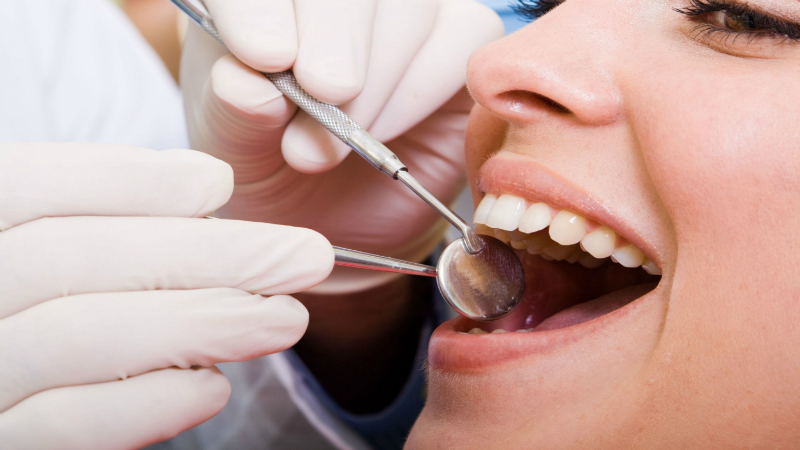The decision as to when to pull a wisdom tooth is tricky, especially if the patient has no complaints. Does it make sense to remove wisdom teeth as a precaution? Scheduling a consult with an Oral Surgeon in Mount Vernon IL is a great place to start.
Pull or not to pull?
This question is discussed controversially in professional circles because it depends on each individual case. Wisdom teeth must be removed if certain symptoms are seen. For example, dental pain or a chronic infection are two reasons to have wisdom teeth taken out.
When wisdom teeth only partially break through, an Wisdom Teeth Edmonton may decide to go ahead and take them out. Tooth decay is another reason, as well as cysts – cavities filled with fluid that can expand unnoticed in the jawbone, destroying it. The latter is something no person should endure.
Examples of when to pull a wisdom tooth
A person had his lower wisdom teeth removed years ago, but now his upper ones are bothering him. This is mainly because the top teeth have no top teeth to interact with. As a result, a cavity forms between the wisdom tooth and the neighboring tooth.
Leftovers get stuck with every meal and there is no toothbrush in the world, on the other hand, that can effectively fix the issue. The result: inflammation and tooth decay, which also affects the neighboring tooth.
Make space?
Many dentists know cases like the one listed above. One-third of all wisdom tooth patients are emergencies. Many patients go to the dentist only when they are in acute pain or when the usual painkillers fail. Nevertheless, wisdom teeth should not be removed in general, even with orthodontic treatments, since its removal must be individually clarified.
However, orthodontists often pull the wisdom teeth before starting another treatment – assuming these teeth favored the displacement of other teeth after the procedure.
Ancestors had wider jaws
Most patients have the problem of spacing when their wisdom teeth come in. That was not always the case because the world’s ancestors had wider jaws. They had to chew much more: grain, fiber, large pieces of meat, etc. This stimulated, according to evolutionary biologists, their jaw growth and provided the body with enough space for their teeth.
Browse the Site for more details.


